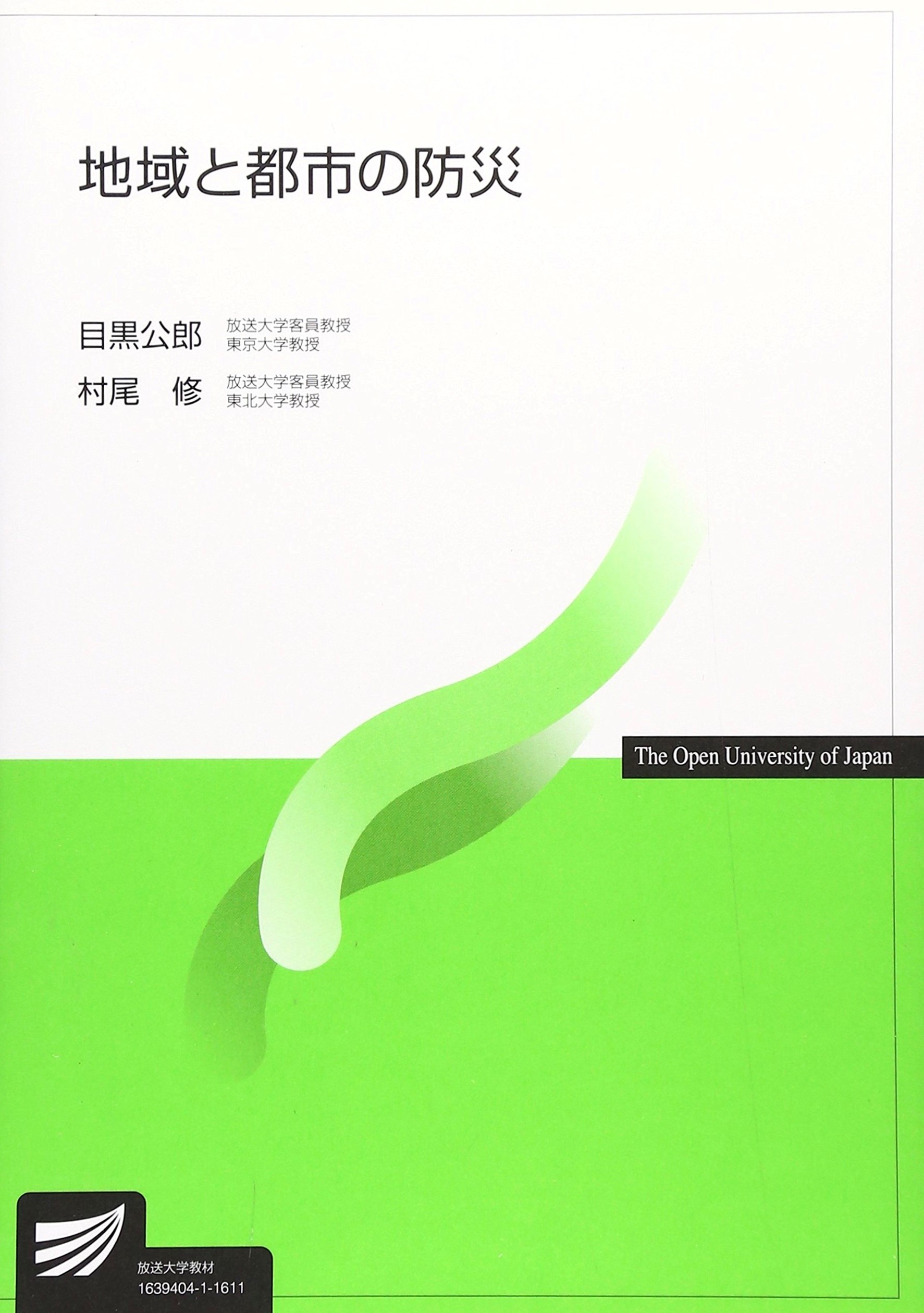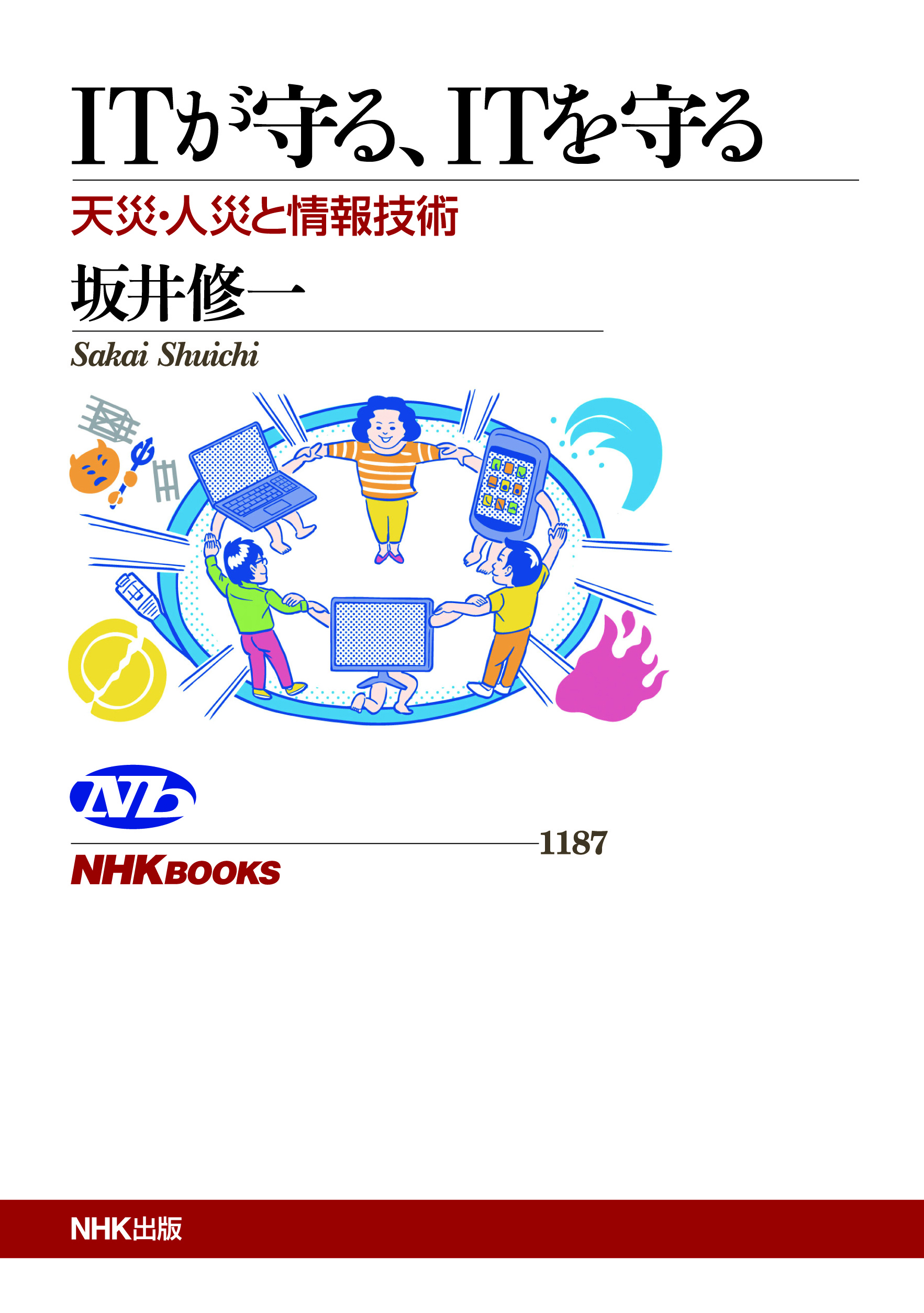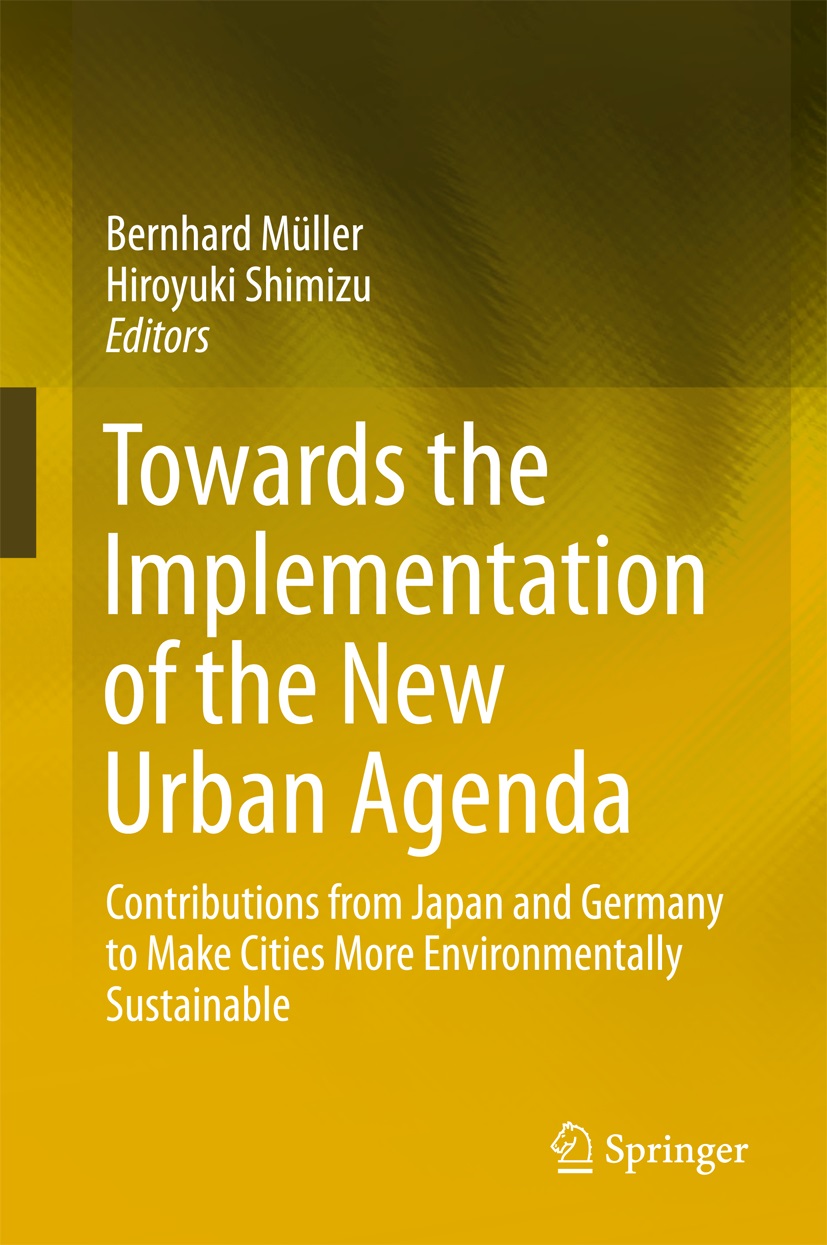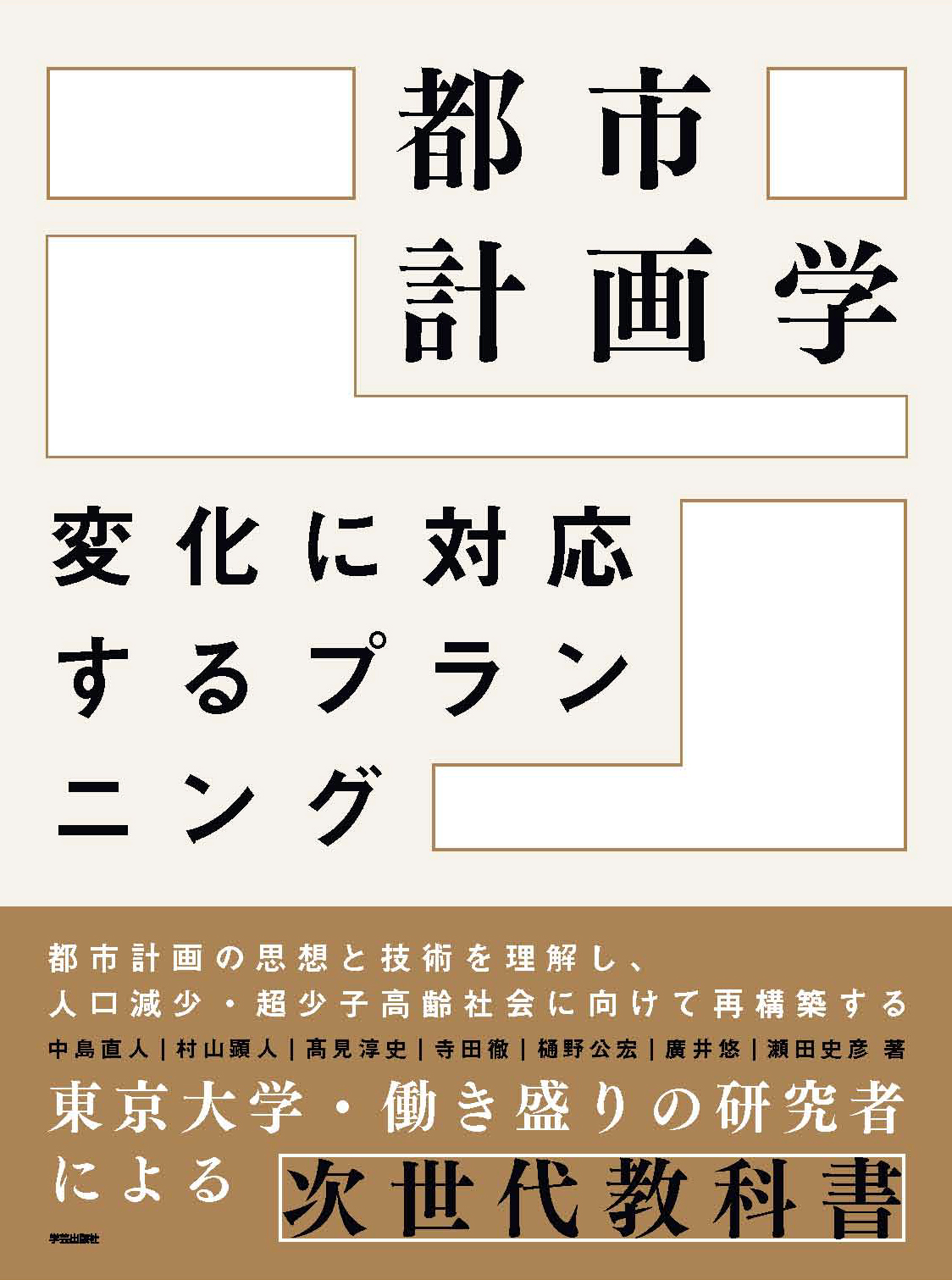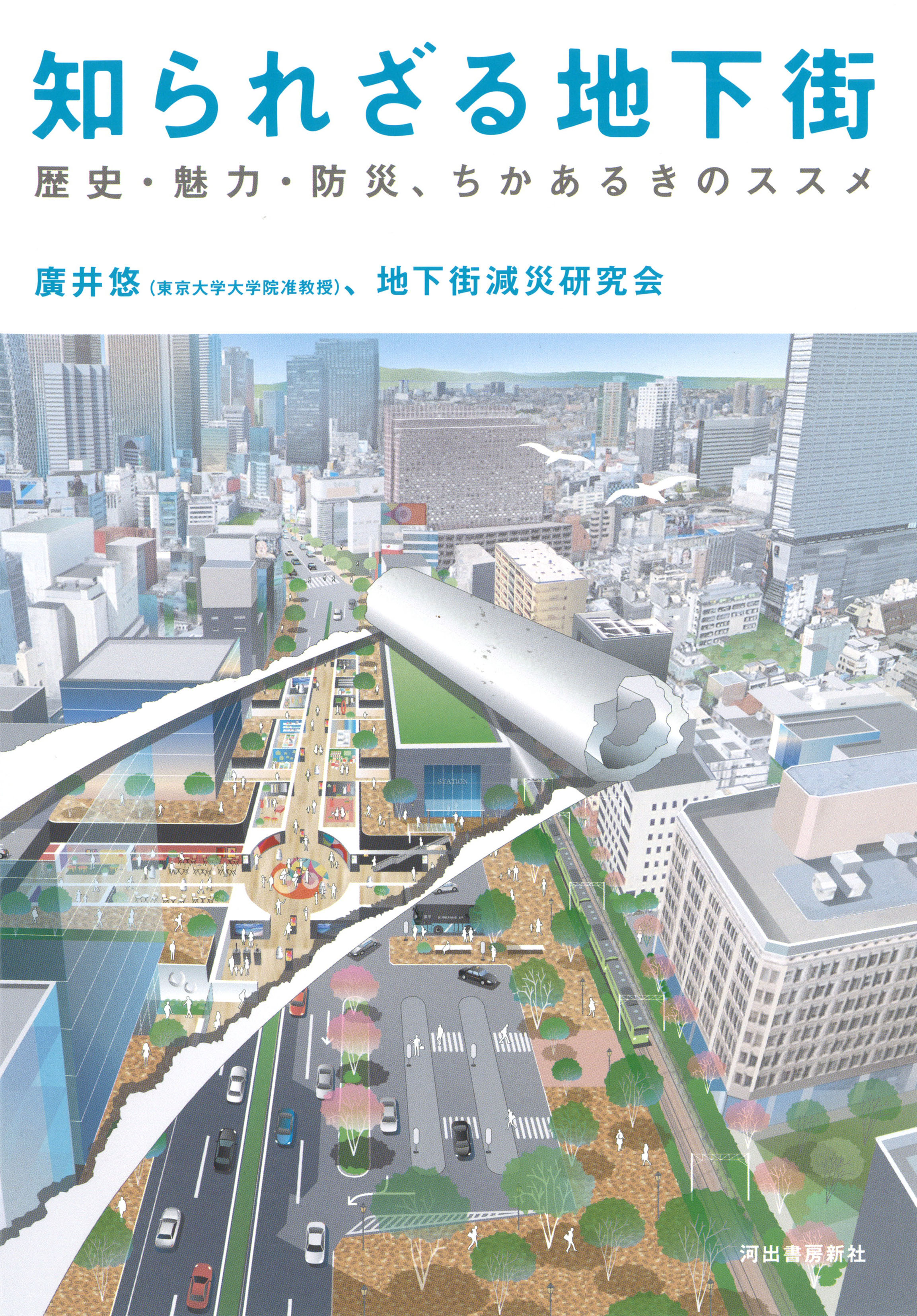
Title
Shirarezaru Chikagai (Unknown Underground Cities: Their History, Unique Features, and Role in Disaster Planning, with Recommendations for Exploring Underground)
Size
172 pages, A5 format
Language
Japanese
Released
March 12, 2018
ISBN
978-4-309-22728-3
Published by
Kawade Shobo Shinsha
Book Info
See Book Availability at Library
Japanese Page
This book examines underground cities, which are being patronized by large numbers of people every day for various purposes such as commuting to work or school, dining, and relaxing. Today there are roughly 80 of these underground cities in Japan, most of which are centered beneath railway stations. Among them, there are vast networks of underground spaces at principal stations in the major cities of Tokyo, Nagoya, and Osaka, with many visited by over 100,000 people each day. Underground cities are generally categorized into two types: underground cities beneath roads, and station plaza-type underground cities. In particular, the Road Act applies to the passageway portions of the first type, and they are treated as roads (for instance, they have the same width as aboveground roads). Unlike passageways at regular commercial and other facilities, signs, carts, and other items are not installed at underground passages because they are restricted by the Road Act.
This is the first Japanese book to specialize in the topic of underground cities from the angle of reducing the effects of natural disasters, but it is not written solely to improve safety. The human race has employed underground spaces—from the catacombs of Cappadocia in Turkey, ancient Rome, and Paris, to the anagura cellars in Japan—because of their constant temperatures and good weather resistance (because they stay dry), and also to safeguard assets from disasters such as volcanoes and fires, and to help resolve urban issues such as hygiene and crowding. The first Japanese underground city is said to be the underground shops in the subway concourse at Ueno Station, which was built in 1930 and was attached to the subterranean tunnel that was constructed at the same time as the subway. Therefore, it can be said that the underground city was started for business diversification aimed at acquiring a source of income in addition to the subways. Later, many public passageways and stores were built integrally beneath roads or station plazas to relieve the surging road traffic congestion from automobiles and pedestrians during a period of rapid economic growth, and to meet the needs for underground parking in central metropolitan areas. This is why most Japanese underground cities are approaching 40 years of age, and issues such as deterioration are occurring at some facilities. Meanwhile, near major urban terminal stations, large-scale spaces are expanding under the leadership of multiple managers, while the Act on Special Measures concerning Public Use of Deep Underground is being implemented and maglev (bullet train) railways are being constructed. These underground spaces are expected to be labyrinthine, which will cause difficulties in evacuating from floods, fires, smoke, tsunamis, and other disasters. In other words, some underground cities—which were originally used to resolve urban issues and safeguard assets from disasters—are quickly becoming spaces with various disaster-planning-related challenges.
In addition to the previously mentioned benefits of weather resistance and reduced aboveground road gridlock, underground cities have gradual inclines and can be traveled by foot without worrying about cars. They are urban assets offering a diverse range of other appealing features, including bustling spaces and ease in getting around, improving the scenery of aboveground spaces, and increasing the value of connected buildings via linked pedestrian networks. Many users commute to work and return home via underground spaces at terminal stations in urban centers, so we can say that underground cities are both the origin and the destination for all sorts of activities in urban areas. In recent years, unique events are being held in them, taking advantage of their labyrinthine nature (such as escape games at night); it is not an exaggeration to say that underground cities and shopping centers are public spaces that provide opportunities for urban reconstruction aimed at community revitalization and town value improvement. However, while linked pedestrian networks of this type improve the value of connected buildings and encourage development near urban centers, it is also possible that they may make prompt evacuation more difficult during emergencies. Therefore, underground cities in recent years are starting to transform into attractive places that are also resilient against disasters, by leveraging information and communications technology (ICT) and other advanced technologies to plan for disasters based on their appealing features, strengths, and locations.
Through this book, Unknown Underground Cities, I hope readers will consider the future prospects of urban centers and think about spaces that are designed to offer both safety and attractiveness.
(Written by HIROI U, Associate Professor, School of Engineering / 2018)



 Find a book
Find a book


